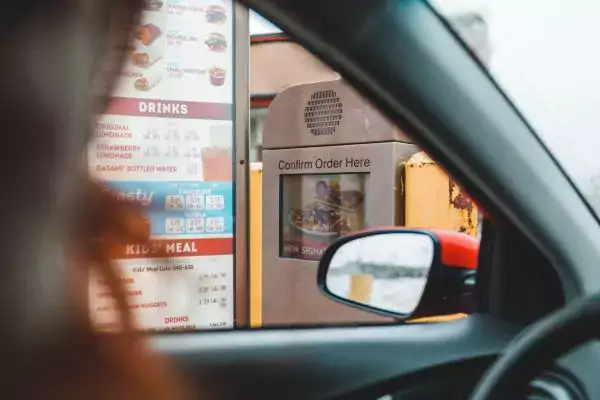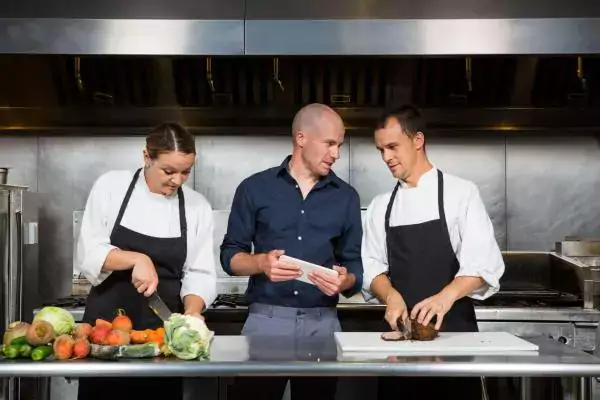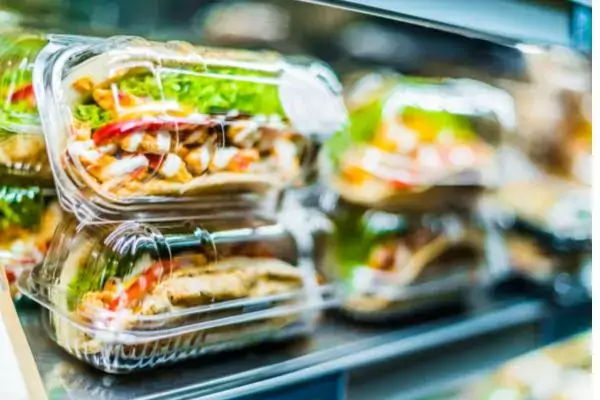Food delivery is a natural progression in an age of convenience through mobile technology. Essentially, restaurants had a twofold, industry-wide problem that needed to be solved:
- How could restaurants expand their client base to offer take-out that’s fresh, delicious and breaks away from frozen foods?
- How does a restaurant execute a delivery service that meets brand expectations?
- Chipotle partnering with Postmates to deliver food in 67 U.S. cities.
- UberEATS, (the same Uber that runs the taxi app) launching in Los Angeles, Chicago and New York City, as well as Toronto and Barcelona.
- Amazon expanding its Prime service to include food delivery from local stores in Manhattan, with more cities to follow.
Sticking to What You Know
The convenience for both restaurant and customer is advantageous, and the food delivery app landscape is getting very crowded very quickly. Also competing are chef-made meal services, as well as services like Blue Apron and Good Eggs that deliver ingredients for home cooking. As the restaurant industry becomes niche, from the types of cuisines to the type of dining environment, apps are following suit. For instance, Caviar is a premium food delivery service that partners with high-end restaurants. In light of this trend, it’s becoming increasingly important for restaurants to have their operations down to a science. If hot, fresh food is going to be delivered within a small window, it needs to be prepared promptly and accurately across the chain.In addition, if a restaurant decides to use a third-party ordering system, they have to be prepared to audit and test that system. For instance, a customer may not remember that it was the Postmates service that messed up their Chipotle order; they might hold this experience against Chipotle, even though the order is not placed through the restaurant chain’s corporate website.
At the end of the day, the buck stops at the brand!Subscribe to our blog
You are now subscribed!


